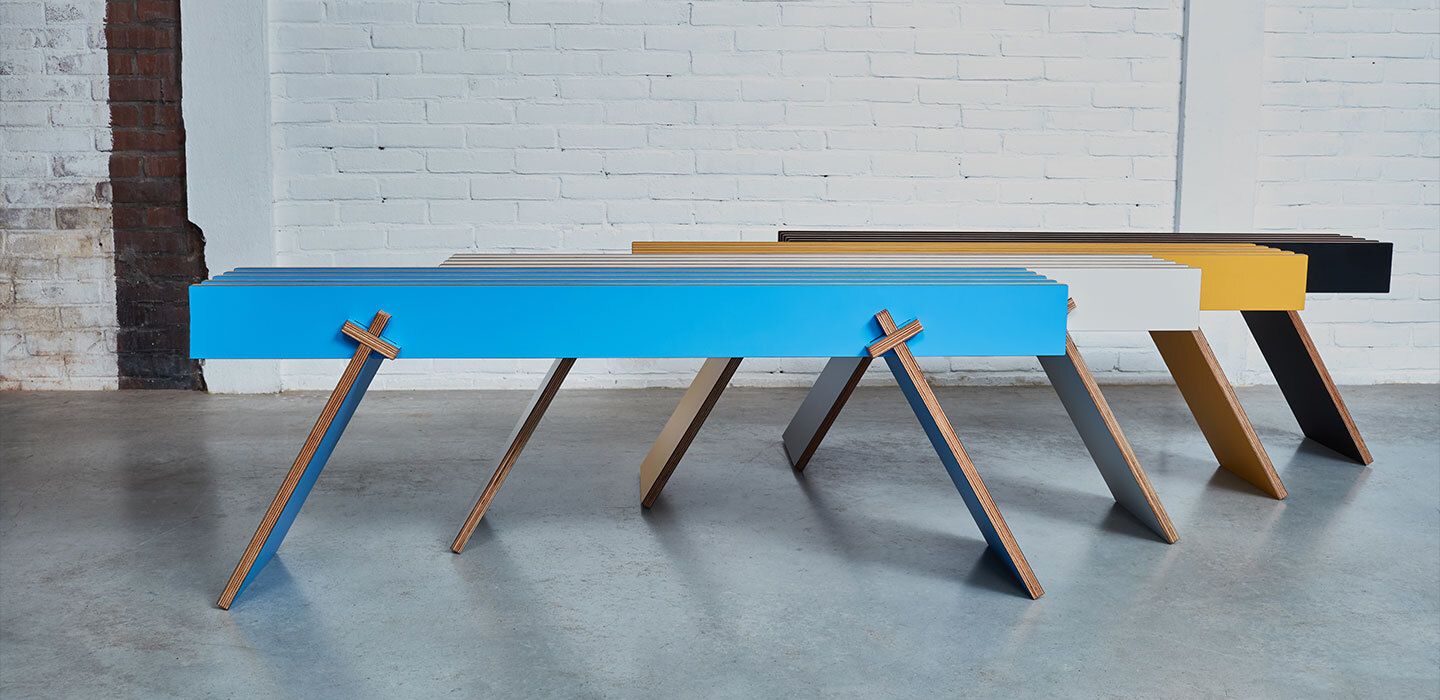
Headless Commerce With a 3D Product Configurator: Going the Extra Mile
Take advantage of your API-first, headless strategy to spice up your eCommerce experience and enable your brand to stay ahead of the curve.
Table of Contents
Many brands already utilize trendy eCommerce practices such as a headless, API-first, composable MACH architecture. These techniques make it easier to provide your customers with a unique and immersive eCommerce experience.
For instance, using a MACH architecture helps you put in place a modern tech stack based on four primary principles: microservices-based, API-first, cloud-native, and headless.
These principles enable you to build sophisticated, flexible, distinctive, and aesthetically appealing frontend interfaces using the programming language of your choice.
You can also deliver eCommerce experiences to different channels and integrate seamlessly with the third-party services of your choice to create a composable commerce stack that’s flexible, scalable, and future-proof.
This is an excellent use of a headless MACH architecture, but some brands have gone the extra mile and considered new and exciting ways they can set themselves apart. One such innovation is a 3D product configurator.
3D Product Configurators: Your First Step Outside the Norm of Headless Commerce
A 3D product configurator is an eCommerce software that allows your customers to view every angle of a product and customize it based on their individual preferences. 3D product configurators are becoming more popular as companies seek innovative ways to provide the best shopping experience and stand out from competitors.
The 2022 State of Personalization report by Segment found that nearly half of all customers (49%) are likely to return to an eCommerce store after a personalized shopping experience. If this alone doesn’t make 3D product configurators a necessity for your brand going forward, consider that customers also convert faster when they interact with 3D visuals.
Internal Salsita research has found that less than 6% of companies offering customizable products utilize a high-quality 3D product configurator, and 74% don't offer a configurator at all.
As your competition embraces headless commerce solutions like Fabric and Commercetools, you need to find new ways to raise the bar and stand out by implementing a 3D product configurator.
Why Do Enterprises Need to Go the Extra Mile With a Headless 3D Product Configurator?
In 2-3 years, being headless won’t be innovative; it will be standard. Now is the time to take advantage of your API-first, headless strategy to spice up your eCommerce experience and enable your brand to stay ahead of the pack and avoid stagnation.
Let’s take a look at how 3D product configurators benefit eCommerce enterprises:
Visually Stunning 3D Visualization and Interactions
Customers don’t just want aesthetically-pleasing images; they want to interact with products as if it's right in front of them. By embracing 3D visualization, you provide customers with a 360-degree view of your product and give them the option to make customizations in real-time.
Businesses and retailers must take into account rising consumer demand for high-quality visuals and 3D product configurators.
At the recent FORTUNE Brainstorm Tech 2022 Conference, Google’s Senior Vice President Prabhakar Raghavan highlighted the increased demand for visual mediums, even in the most basic web queries, stating, “We keep learning, over and over again, that new internet users don’t have the expectations and the mindset that we have become accustomed to … We have to conjure up completely new expectations and that takes altogether new … technology underpinnings.”
Meeting this demand for visual interaction drives more visitors to your online shop, and improves customer engagement and return rates.

Custom Interfaces and Designs
A 3D product configurator built on a headless commerce architecture separates the product configuration logic and pricing backend from the frontend design. This allows you to build distinctive interfaces for your configurator across multiple platforms.
You can also build the frontend with any programming language for any digital channel you want, including web, mobile, Virtual Reality, or Augmented Reality. Instead of relying on custom templates and generic designs, headless 3D product configurators help you deliver unique shopping experiences consistent with your brand.
Seamless Integration With Existing Manufacturing Processes
A product configurator should integrate with many parts of your existing enterprise tech stack, but this is quite challenging if the configurator doesn’t have a headless architecture.
With a 3D product configurator, you can connect easily with critical business-process applications, existing manufacturing processes, or third-party solutions.
For example, you can integrate with an enterprise resource planning (ERP) system, supply chain management (SCM), inventory management software, pricing engines, or customer relationship management (CRM).
Holistic Customer Insight
The best way for companies to understand their customers’ preferences is by allowing them to configure and design their ideal product. Parametric configuration enhances this by allowing customers to specify exact product dimensions, as long as the manufacturing process and configurator rules permit it.
With a 3D product configurator, companies can gather comprehensive customer shopping data, identify the most configured products, discover new design innovations, and optimize their manufacturing process to ensure a better customer experience.
How Kilo Uses a 3D Product Configurator to Stand Out in a Crowded Market
In a highly competitive eCommerce market, headless 3D product configurators are a way to distinguish yourself from other brands.
Salsita 3D Configurator is a headless product configurator that enables you to build stunning visuals and custom interface designs, and integrate seamlessly with existing internal tools and best-of-breed services.

This was the case for the luxury furniture brand, KILO. By implementing Salsita 3D Configurator, KILO was able to build a fully modern API-first architecture with distinctive UX and seamless integration with internal manufacturing processes such as ERP and CRM.










